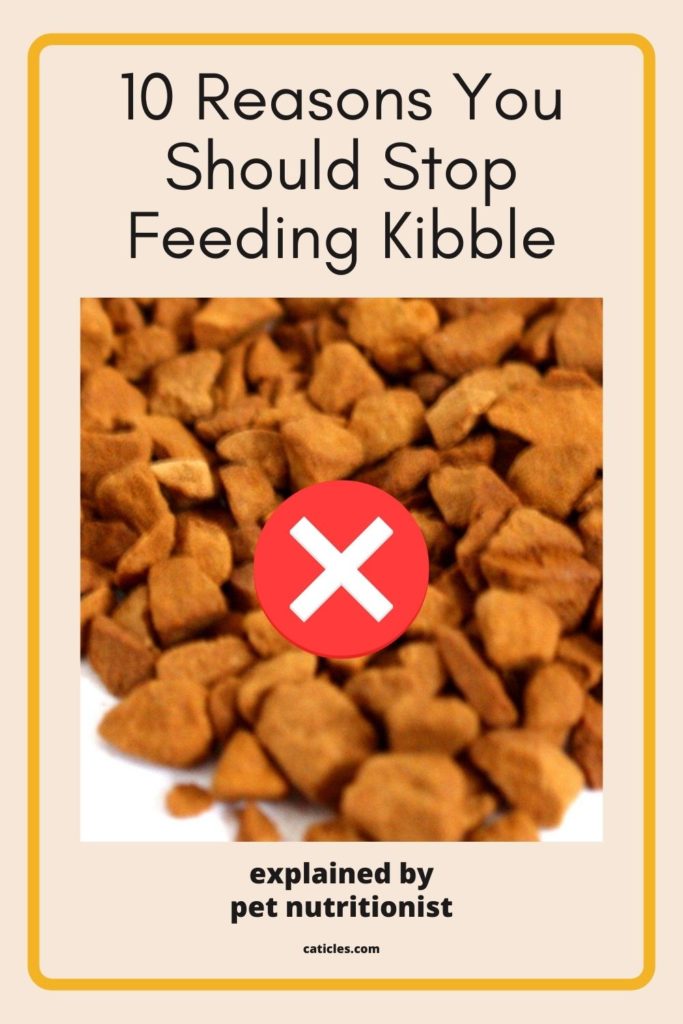Some cats can live on dry food only. But those cats are often obese or dehydrated. Cat obesity risks include diabetes, cancer, and shorter lives.
U.S. pet obesity rates remained relatively unchanged in 2018, with 59.5% of cats and 55.8% of dogs classified as overweight or obese… 82% of all cat owners and 78% of dog owners stated they fed dry pet food “exclusively” or “most of the time.”
Association for Pet Obesity Prevention, 2019.
Seems obvious what the problem is, right?
We should not be asking if cats can live on dry food only.
The question should be can my cat survive and thrive on dry food only.
Here’s why cats can’t thrive on dry food only:
- Dry food is too low in moisture
- Dry food is high in carbohydrates
- Kibble is low in meat-based protein
- Dry food does not stay fresh
- Cats get addicted to flavor enhancers in dry food
- Kibble makes cats gain unnecessary weight
- Obesity puts cats at a higher risk for health issues
- Dry food is full of fillers
- Kibble is cooked to death
- Dry food is not a natural diet
Disclaimer: Cats are sensitive to food changes. Please read the resources below thoroughly before changing your cat’s food.
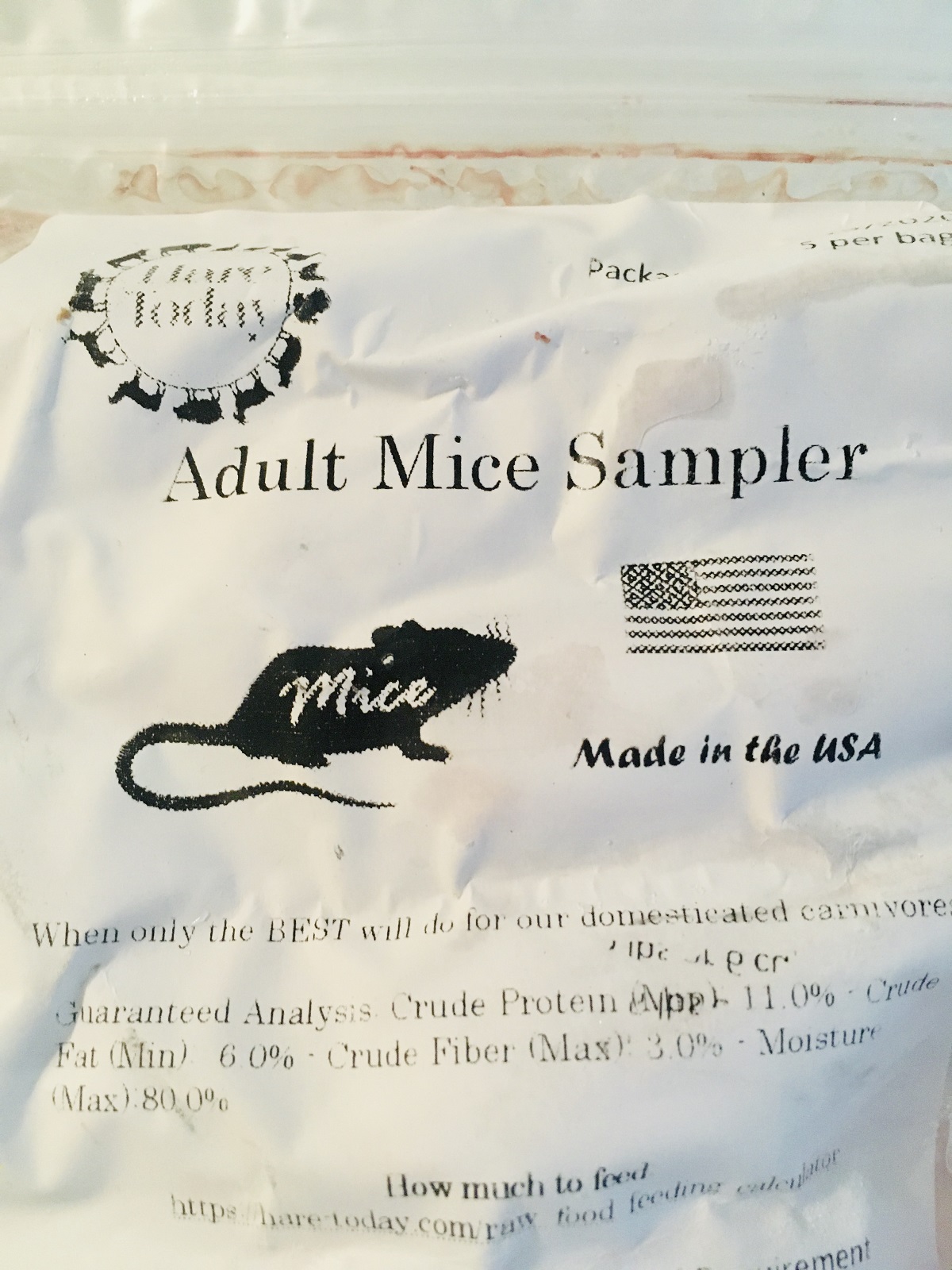
1. Dry food is too low in moisture
Water is essential for life. We are all made up of mostly moisture (water).
Cats rely on food for moisture.
The cat’s natural prey, a mouse, is 70-80% moisture. But kibble is, on average, 10% moisture.
“My cat drinks plenty of water”
Kibble (at 10% moisture) only provides about 6% of the cat’s total daily water needs.
The average cat eating dry food only would have to consume over 8 ounces of water every day. Just to stay hydrated.
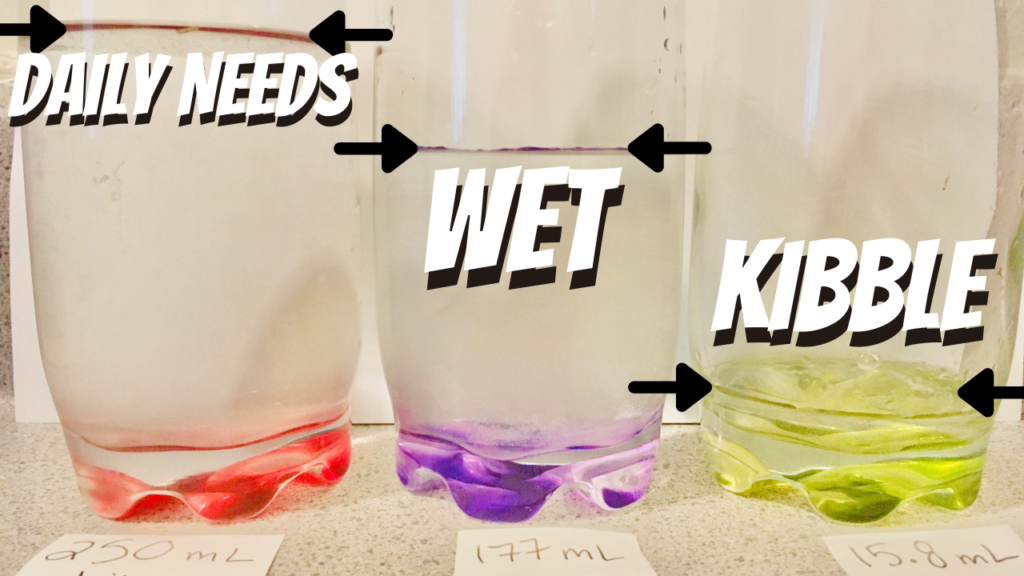
Honestly, does your cat drink a full cup of water every single day?
The cat’s lack of a strong thirst drive can lead to low-level, chronic dehydration when dry food makes up the bulk of their diet especially if they have any level of kidney insufficiency.
Dr. Lisa Pierson, catinfo.org.
Water is essential for proper digestion, urination, circulation, kidney function, and overall health.
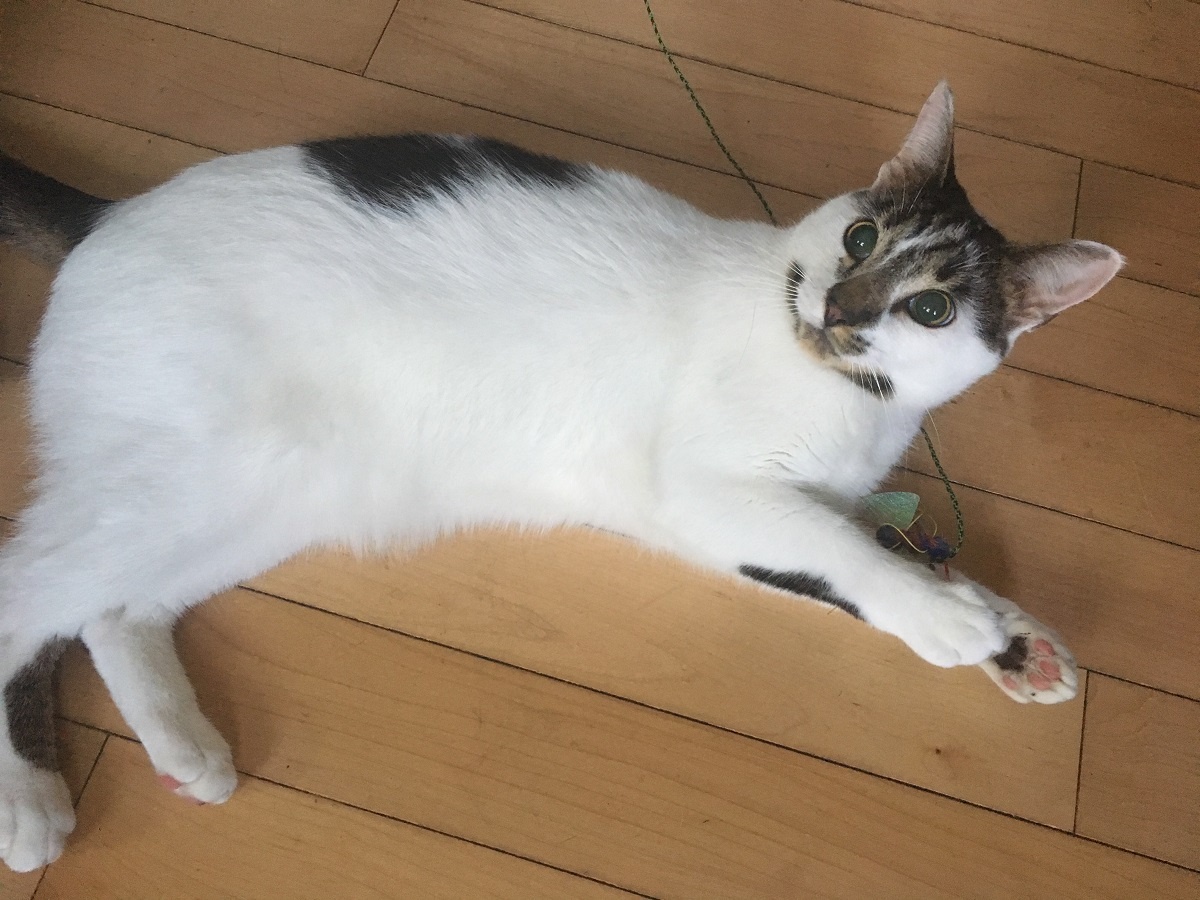
Dry food barely provides moisture.
Therefore, dry food further robs the body of much-needed moisture.
This puts significant stress on the kidneys and bladder.
Water is essential for life, and dry food contains very low moisture (water).
2. Dry food is high in carbohydrates
The three organizations that set the standards for pet food are AAFCO, NRC, and FEDIAF.
None of these organizations set a minimum requirement for carbohydrates for cats.
Take a look at your cat’s food label. Does the guaranteed analysis list carbs?
Going back to our mouse…
Cats eat plant material in the stomach content of prey.
This would contain some predigested plant material. But this is less than 10% of the overall diet.
Kibble is, on average, 33% carbohydrates on a dry matter basis. The highest I’ve seen is 49%!
Carbs also break down into sugar, which fuels degenerative conditions such as diabetes, obesity and cancer. In the last 50 years we’ve learned the hard way that feeding biologically inappropriate diets (low-fat, high-carb diets that permeate the pet food industry) does not create health in dogs and cats.
Dr. Karen Becker, Healthy Pets.
Unfortunately, AAFCO does not require carbs on the guaranteed analysis. Use a carb calculator for cat food to compare foods properly.
High carbohydrates in dry food fuel obesity and other serious health issues.
3. Kibble is low in meat-based protein
Cats are obligate carnivores. That means they are restricted to a meat-only diet.
You may be thinking, “My cat’s dry food lists meat as the first ingredient”.
That may be true. But do you know the cat food label rules set by AAFCO?
AAFCO does not approve cat food. They put rules in place for pet food manufacturers to follow when creating and packaging their products.
AAFCO cat food label rules:
- Chicken Recipe = 25-94.9% chicken because of the word recipe (other words under this rule include Platter, Entree, Nuggets, Formula, etc.)
- Nature’s Evolutionary Diet with Chicken = 3-24.9% chicken because of the word with
- Metabolic Weight Management Chicken Flavor = 0-2.9% chicken because of the word flavor
By the way, the third product that has less than 3% chicken is a vet-recommended prescription food.
Now take a look at your cat’s dry food product name. Which rule does it fall under?
Now count up plant-based ingredients versus meat-based ingredients.
Does it match a mouse? Or is it more like meat-flavored granola?
One domestic mouse is approximately 55% protein and 23% fat on a dry matter basis. That means without moisture.
Most kibble does not exceed 40% protein on a dry matter basis. And most of that protein comes from plant-based ingredients.
Cats need meat to survive and thrive. Dry food is too low in meat-based protein.
4. Dry food does not stay fresh
Fats, especially polyunsaturated fats, oxidize and turn rancid quickly.
All animals naturally contain fat. So of course, all types of cat food can oxidize and turn rancid.
This issue is larger with dry food. Most people leave the food bag open and leave food out in the food dish all day.
Some people even leave the same dry food in the dish for several days.
There’s also significant potential for opportunistic bacteria and mycotoxins in dry pet food, and the longer the kibble is stored, the greater the risk to your pet and anyone in the family who handles the food.
Dr. Karen Becker, Healthy Pets.
Dry food is responsible for 100% of pet food recalls due to aflatoxin mold. That number equals more than 60 million pounds over the last 10 years.
Additionally, dry food is responsible for 98% of Salmonella recalls over the last 10 years.
And as if all that wasn’t bad enough, storage mites can also proliferate in dry food. These tiny mites start out in grain silos and from there find their way into dry foods like cereal, grains and kibble. Pets can develop a hypersensitivity to storage mites, resulting in itchy inflamed skin, hair loss and recurrent ear infections.
Dr. Karen Becker, Healthy Pets.
There are so many risks associated with dry food!
Dry food is not fresh. The longer it sits out, the higher the risk of bacteria, mold, and rancid fats.
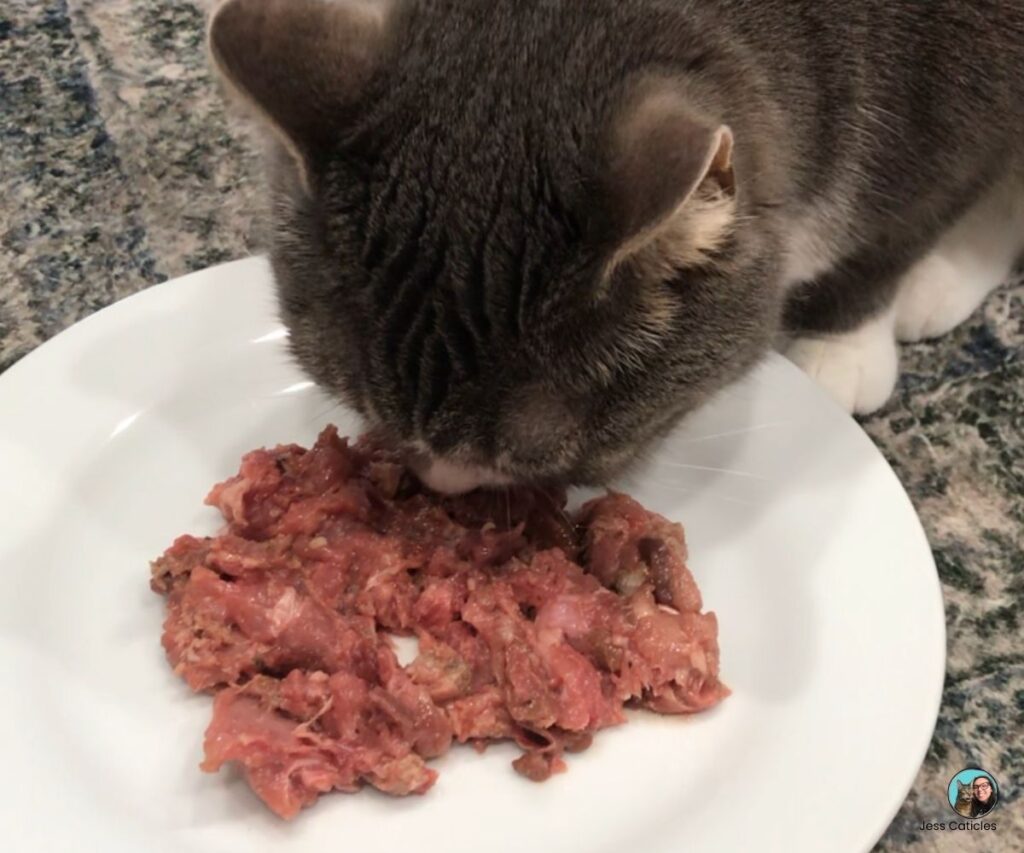
5. Cats get addicted to flavor enhancers in dry food
Cats are not grain- and carb-eaters by choice. And now we know that dry food is low in meat-based protein and full of grains and carbs.
So companies like AFB International create flavor enhancer “palatants” for manufacturers to spray on dry food.
These palatants entice the cat to eat the food. And cats often get addicted to these flavor enhancers.
Pyrophosphates have been described to me as ‘cat crack’. Coat some kibble with it, and the pet food manufacturer can make up for a whole host of gustatory shortcomings.
The Chemistry of Kibble, Popular Science.
Ever have issues trying to switch your cat from dry food to wet? These addictive palatants are to blame.
You’ll see flavor enhancers listed as animal digest, animal fat, liver flavor, tallow, and other non-descriptive ingredients.
Additionally, inorganic phosphates, pyrophosphates, and polyphosphates have been explored as palatants.
Studies have shown that long-term consumption of inorganic phosphates can cause renal issues in cats.
Cats get addicted to dry food because of flavor enhancer palatants. And these palatants can even cause renal issues in cats.
6. Kibble makes cats gain unnecessary weight
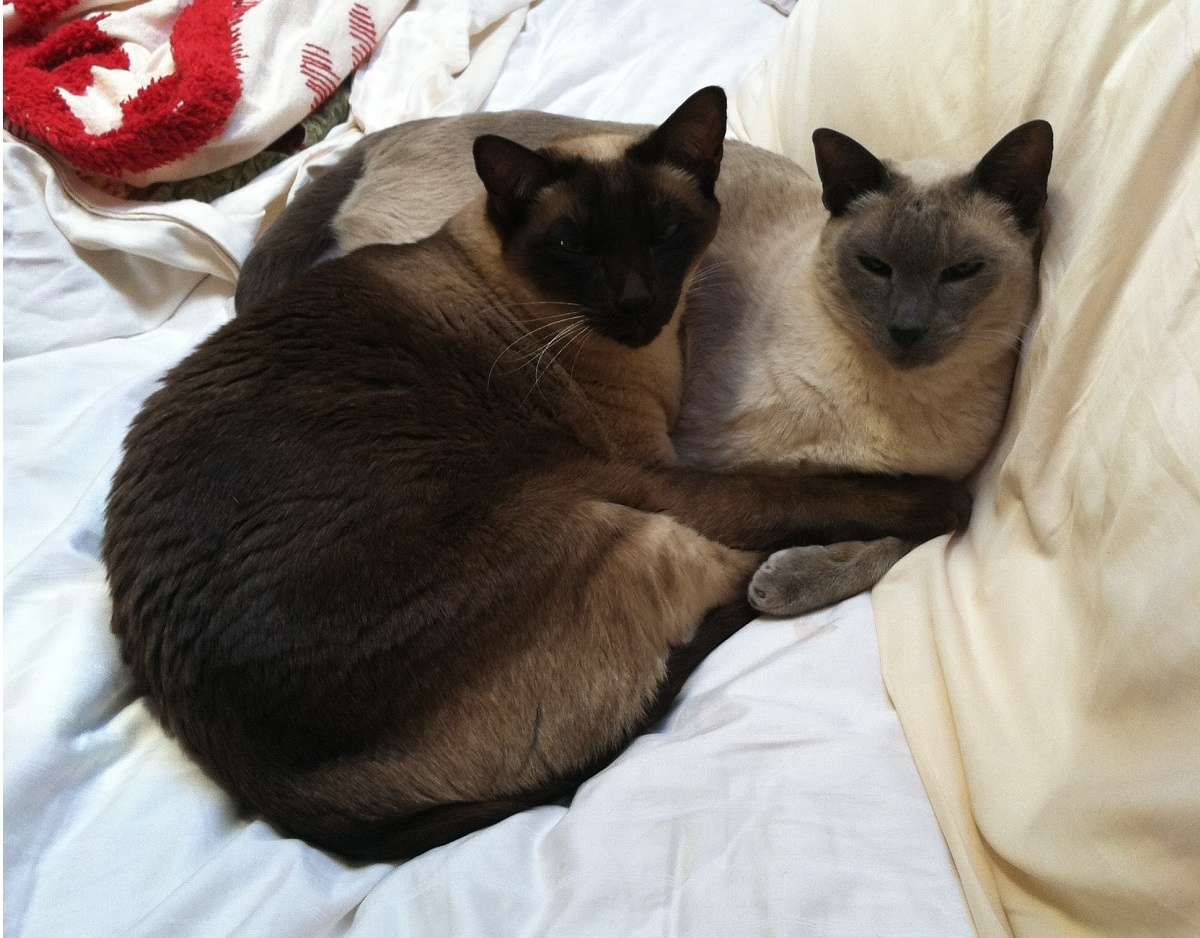
Now we know that kibble is very high in carbs.
Carbohydrates make cats feel hungry. And therefore, they are more likely to overeat.
The high rate at which the simple sugars from a dry kibble diet enter the cat’s bloodstream is detrimental because they initiate a cascade of molecules which promote hunger and weight gain.
Dr. Guillermo Díaz, Feline Nutrition Foundation.
Carbs break down into sugar. Excessive sugar is stored in the cat’s body as fat.
“My cat is only 3 pounds overweight”
The average ideal weight is about 10 pounds. Some breeds are smaller, some are larger.
But we’ll just go with the average of 10 pounds. 3 pounds overweight is equal to 30% overweight.
Anything over 15% is classified as obese.
3 pounds overweight may not seem like a lot to us. But that’s 1/3 of your cat’s ideal weight.
Cats gain unnecessary weight from dry food because carbs are stored in the cat’s body as fat.
7. Obesity puts cats at a higher risk for health issues
Overweight and obese cats are at a higher risk for many health issues.
All of us are at higher risk for health issues if we are overweight and obese.
Obesity-related health issues include:
- Arthritis
- Respiratory issues
- Diabetes
- FLUTD
- Fatty liver disease
- Shortened lives!!!
Cats also accumulate fat in some places we can’t see.
For example, fat can accumulate in the chest and abdomen.
Excessive fat puts stress on your cat’s organs and joints. This causes a variety of health issues.
That means multiple trips to the vet, expensive vet bills, testing, medications, and potentially a shorter life for your cat.
Obesity puts cats at a higher risk for serious health-related issues and shorter lives.
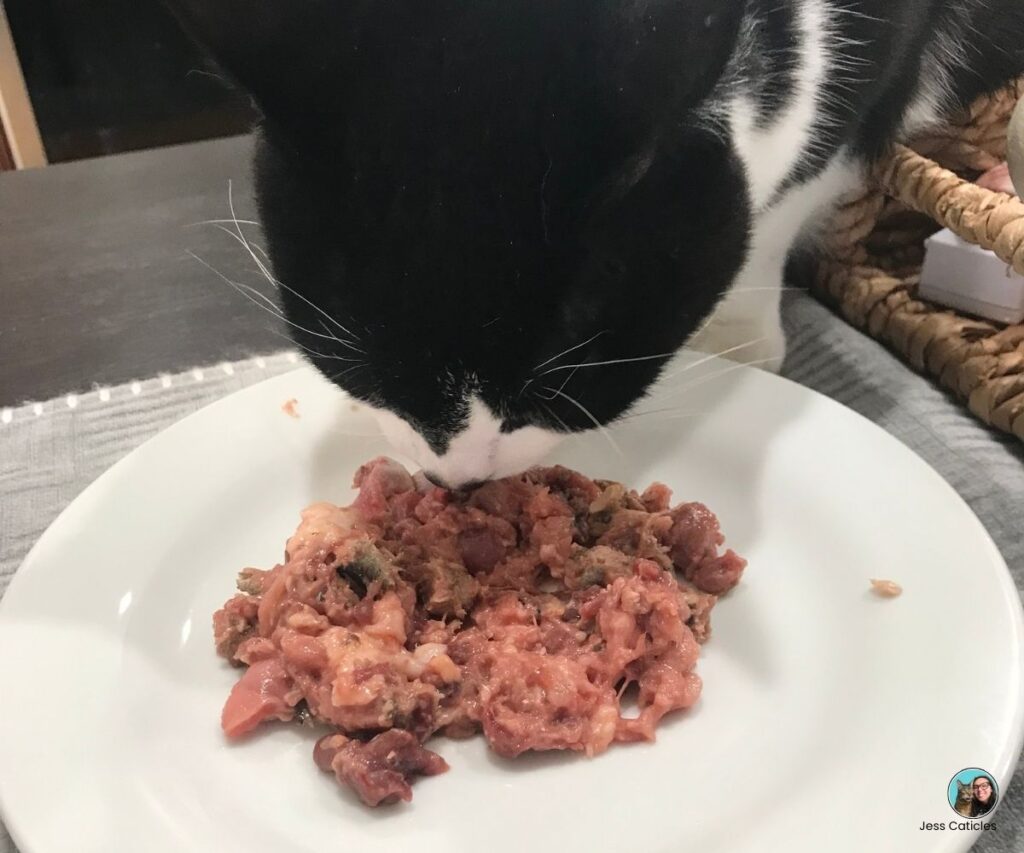
8. Dry food is full of fillers
Cat food manufacturers add antioxidants and preservatives to help prevent fats from spoiling.
However, natural antioxidants don’t live very long.
So some manufacturers use synthetic preservatives including BHT, BHA, and ethoxyquin.
BHA is a proven carcinogen to rats and other animals. The state of California lists it as a carcinogen as well.
Ethoxyquin was originally invented as a pesticide.
In 1997, the Center for Veterinary Medicine asked pet food manufacturers to voluntarily limit ethoxyquin.
A 2022 study on ethoxyquin concluded, “The FEEDAP Panel cannot conclude on safe concentrations for cats and other pets.”
Other dry food fillers include wheat, corn, grains, and soy. These are unnatural to the cat’s diet and provide very little nutritional value.
What do you think an obligate carnivore would choose? Meat or corn?
So why do pet food manufacturers add these ingredients?
Dry food needs carbohydrates and starches to hold its shape. And because they are cheap waste products from the human food industry.
Did you know that General Mills owns Blue pet food (Blue Buffalo)? A junk food cereal company! Making junk food meat-flavored cereal for cats.
Did you know that companies like Midwest Ingredients Inc. exist to buy manufacturer waste streams and then sell them to pet food manufacturers?
Dry food is full of fillers that are dangerous to health and unnatural to the cat’s diet.
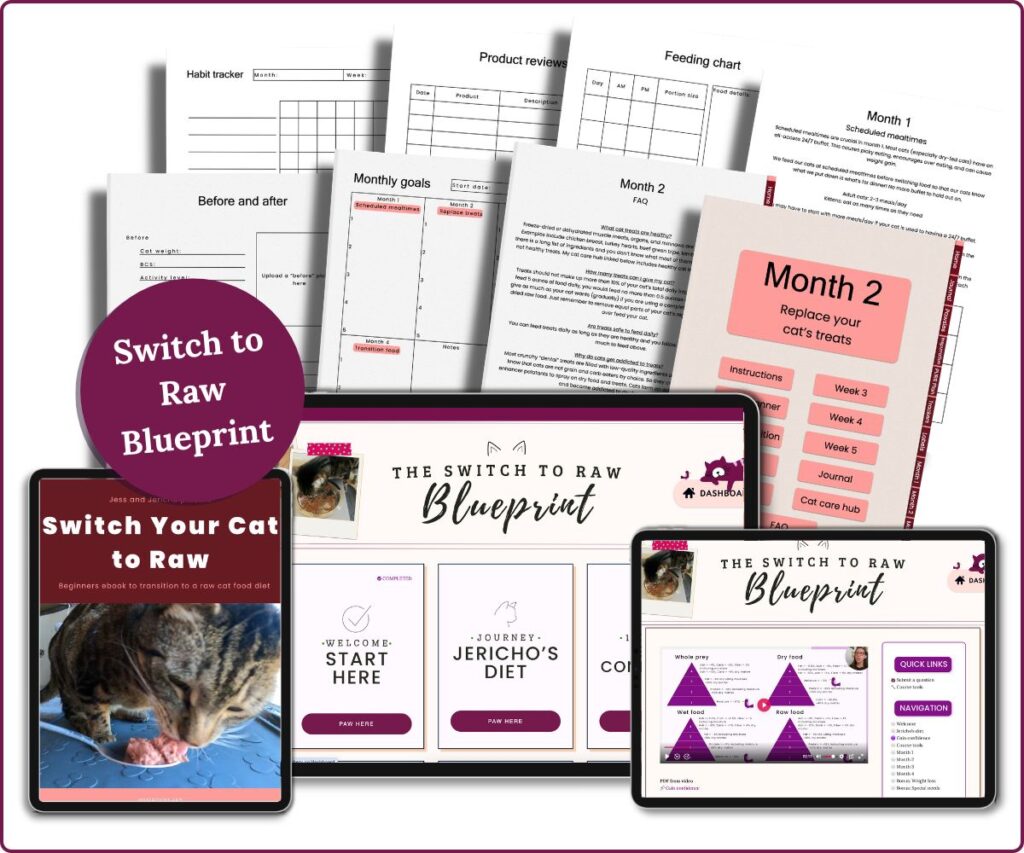
Ready to switch your cat to a species-appropriate raw diet? Get my proven plan that has helped 200+ picky cats thrive on raw!
9. Kibble is cooked to death
Most kibble is extruded. That means, it is cooked and heated multiple times.
Multiple studies show that high heat destroys essential nutrients.
Water-soluble nutrients like Taurine and B vitamins are at a high risk of destruction.
Back to our mouse…
Wild cats eat mice fresh and raw.
Pet food manufacturers add synthetic vitamins and minerals to make up for nutrient losses.
Wouldn’t you rather get your nutrition from fresh, whole foods?
Dry food is cooked to death which destroys many essential nutrients.
10. Dry food is not a natural diet
Mice are high in meat-based protein, high in moisture, low in carbs, fresh, raw, and don’t contain fillers.
Dry food is low in meat-based protein, low in moisture, high in carbs, cooked to death, and contains fillers.
Dry food is the complete opposite of the cat’s natural diet.
So can cats live on dry food only?
Some cats can live on dry food only. But most of the time they are overweight and/or chronically dehydrated.
Overweight cats are at high risk for health issues, and they also live shorter lives.
We should not be asking “can cats live on dry food only”. Instead, “can cats survive and thrive on dry food only”.
In that case, the answer is no.
Dry food is essentially meat-flavored granola.
Now imagine eating dry cereal for every meal, every day. For weeks and months and years.
Would you be healthy? Would you thrive?
I understand this is scary stuff. But wouldn’t you rather know the truth so you can do something about it?
Dry food is the opposite of what our cats should eat. So what should our cats eat?
Check out my what cats should eat guide next!
